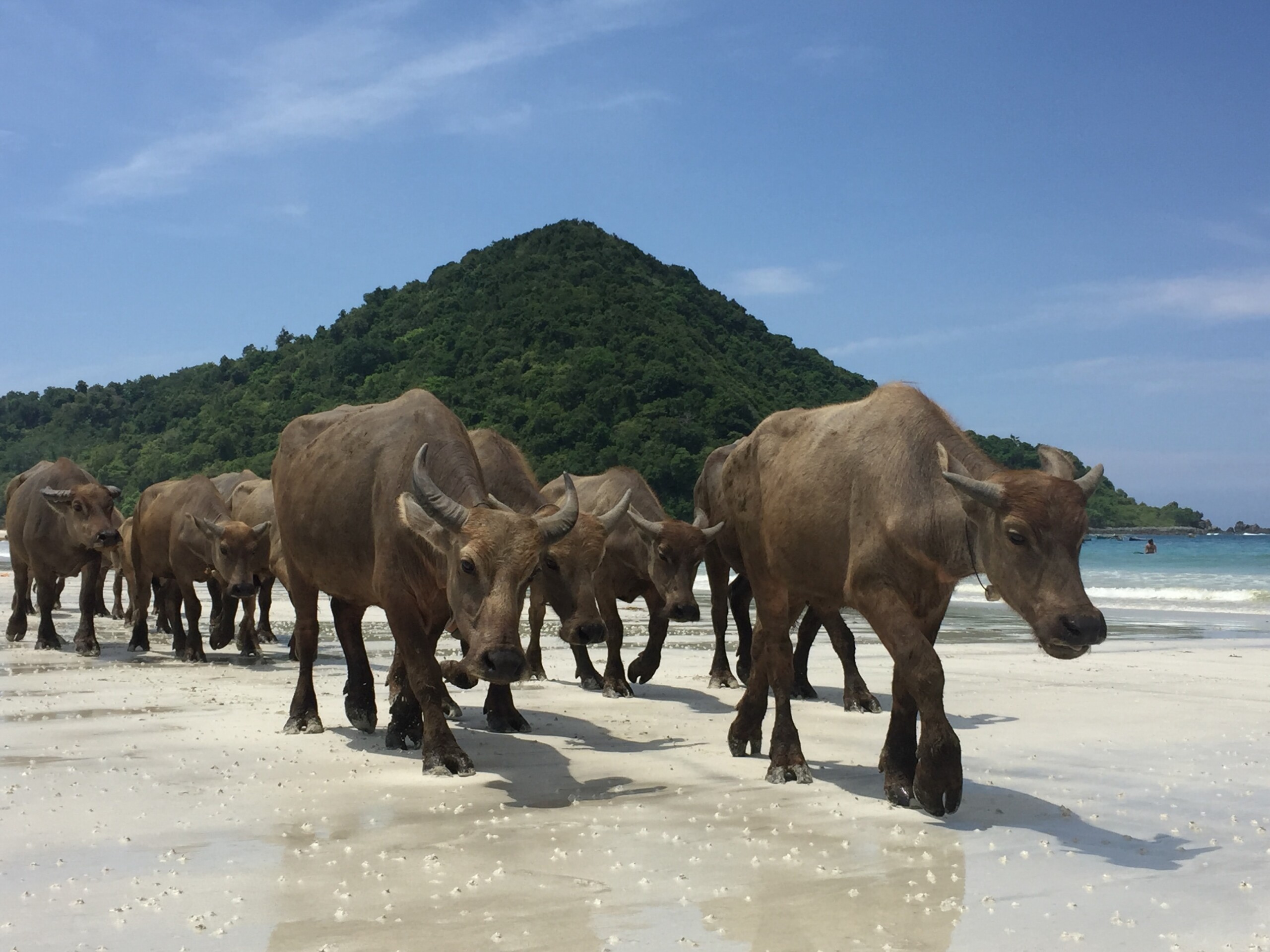
South Asia’s growing demand for animal protein, driven by socioeconomic changes, is threatened by transboundary animal diseases (TADs). Diseases like Lumpy Skin Disease (LSD) have caused significant economic losses in the region. Despite ongoing control efforts, novel approaches are needed to address this persistent challenge.
The Global Framework for the Progressive Control of Transboundary Animal Diseases (GF-TADs) aims to combat TADs through regional collaboration. The Asia Pacific region has developed a GF-TADs strategy to guide efforts. However, implementation has been hindered by various challenges. To address these issues and strengthen regional cooperation, a workshop on LSD and other TADs prevention and control for the South Asia Region was held in Kathmandu, Nepal, from 6-8 August 2024.
The workshop brings together South Asian stakeholders to enhance collaboration and develop strategies for combating LSD and other TADs. Interactive sessions and group exercises are facilitated by WOAH and LSD experts.
The overall objective of this workshop is to develop tangible outputs/outcomes and action plans on strengthening the sub-regional mechanism to prevent, detect and respond to TADs in the sub-region.
In particular, the workshop aimed to:
a) Global, regional, and individual country updates on LSD epidemiology, surveillance advancements, diagnostics, prevention, and control efforts
b) Successful cross-border collaboration mechanisms from other regions (SEAC-FMD); including identifying limitations, constraints, and proposed solutions
The workshop aimed to deliver the following outcomes:
Participation: By invitation
Dates: 6-8 August 2024
Location: Kathmandu, Nepal

